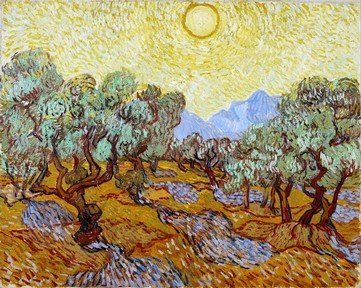Quiz Answer Key and Fun Facts
1. Featuring a realistic depiction of Venice's famed Rialto Bridge in the 15th century, this painting is the work of what Venetian Renaissance painter - who had a raw meat dish named after him?
2. Among the extensive body of work of great German Renaissance artist Albrecht Dürer stands this lovely view of his hometown, the second-largest city in Bavaria, well known for its role in 20th-century history. What city is this?
3. Often praised for its striking rendition of the sky, this view of the Spanish city of Toledo was created by the ground-breaking, Greek-born painter El Greco. With which 16th-century artistic movement is he associated?
4. This beautiful painting, titled "View of Delft", is one of the finest works by which major 17th-century Dutch painter, a native of the city, known for his interior scenes featuring women?
5. Influential 18th-century Venetian painter Canaletto spent a few years in England, where he painted a number of views of London and other sites. In this painting, London is shown through one of the arches of what newly-built bridge, celebrated in a poem written a few decades later?
6. The creator of this serene view of the Roman Forum, painted in the 1840s, was an Englishman known to most for his literary works, especially his limericks. Who was he?
7. This beautiful woodblock print is one of a series known as "One Hundred Famous Views of Edo". Its creator, Hiroshige, is considered the last great master of what Japanese artistic tradition, whose name means "pictures of the floating world"?
8. This painting by American Impressionist artist Childe Hassam depicts his hometown of Boston. However, Hassam is best known for a set of thirty paintings created in the years leading to the US's involvement in WWI, and focused on which patriotic subject?
9. John Atkinson Grimshaw is renowned for his haunting nocturnal views of urban landscapes in the late Victorian era. The work in the photo depicts a Saturday night scene set in which major British city, known for its shipbuilding industry?
10. This work by Impressionist artist Camille Pissarro is one of a series of fourteen paintings depicting a large Paris boulevard in different seasons and times of the day. The boulevard bears the name of which iconic Paris neighbourhood, a favourite haunt of artists, also known as the setting of the film "Moulin Rouge!"?
Source: Author
LadyNym
This quiz was reviewed by FunTrivia editor
looney_tunes before going online.
Any errors found in FunTrivia content are routinely corrected through our feedback system.
